
We’re heading towards the home of Baltazar Ushca, the last of the icemen of Chimborazo. The mountain is the highest peak in Ecuador at 6,310 meters, about 20,565 feet. Horses had been arranged for my friend and I because the altitude often takes a toll on foreigners, even though we’ve been living at altitude for months.
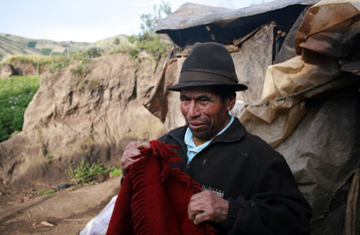

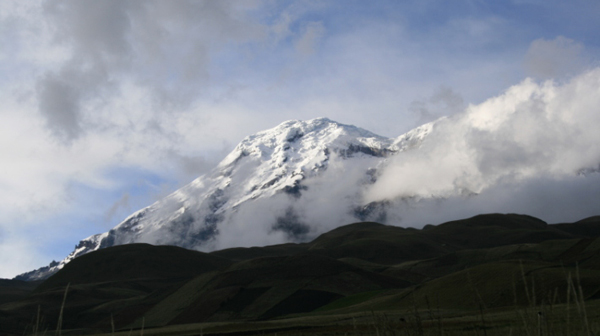 An inactive volcano topped entirely with glaciers, Chimbazo provides water for the region
An inactive volcano topped entirely with glaciers, Chimbazo provides water for the region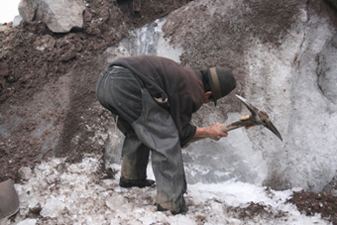
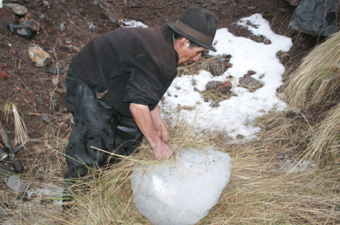
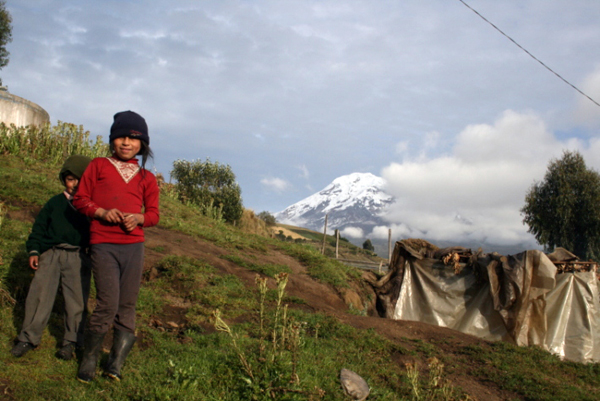 Balthazar’s grandchildren on the farm with Chimbazo peering over
Balthazar’s grandchildren on the farm with Chimbazo peering over